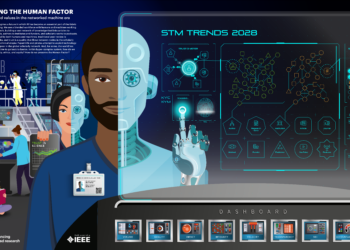I knew he was right when I found myself printing it out.
Jakob Nielsen has a new report on how much users read online. The report is only 1,068 words long, but this is apparently beyond the point most readers can or will tolerate for online reading. It was too long for me to read it on-screen.
In fact, Jakob’s data-driven estimate that users only read about 20% of the text on the average page seems about right. And, like I said, he has data to back this up, with the curve illustrating that reading thoroughness drops off quickly as length increases:


This hits so many chords I barely know where to begin. In the case of shoveling print content online, we are taking article length and format only suited to print and putting them in HTML, knowing full-well that the use-case is for people to quickly scan the HTML and then print it or a PDF version. Yet do we actually support this use-case well?
And when we shift to online-only content, do we write short enough? Or do we think in the print mentality of word count?
This also means that you can’t write your way out of a usability bind. So many times, people think adding words to a page will solve a usability conundrum. Obviously, it takes more than this.
Finally, with the power of links, how verbose do you need to be online? Why not just summarize and place links, then let users decide?
I’ll stop now. You’re probably just skimming this anyhow . . .
(One other surprise from this report: the Back button is now only the 3rd most-used feature on the Web, falling from its traditional second-place position after “using hyperlinks.” Clicking buttons on a page has taken over the second spot.)
Discussion
3 Thoughts on "20% Is All You Can Hope For?!"


